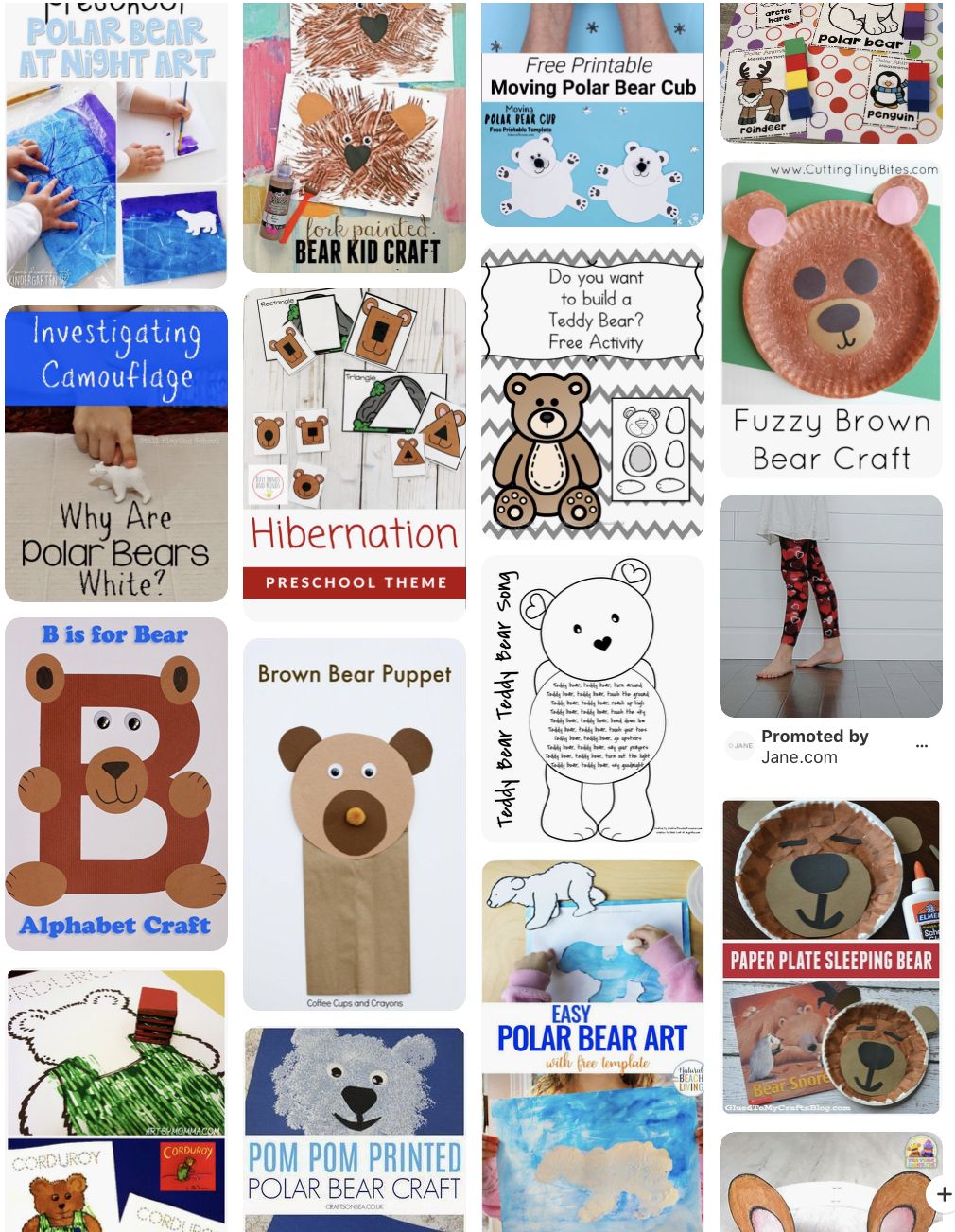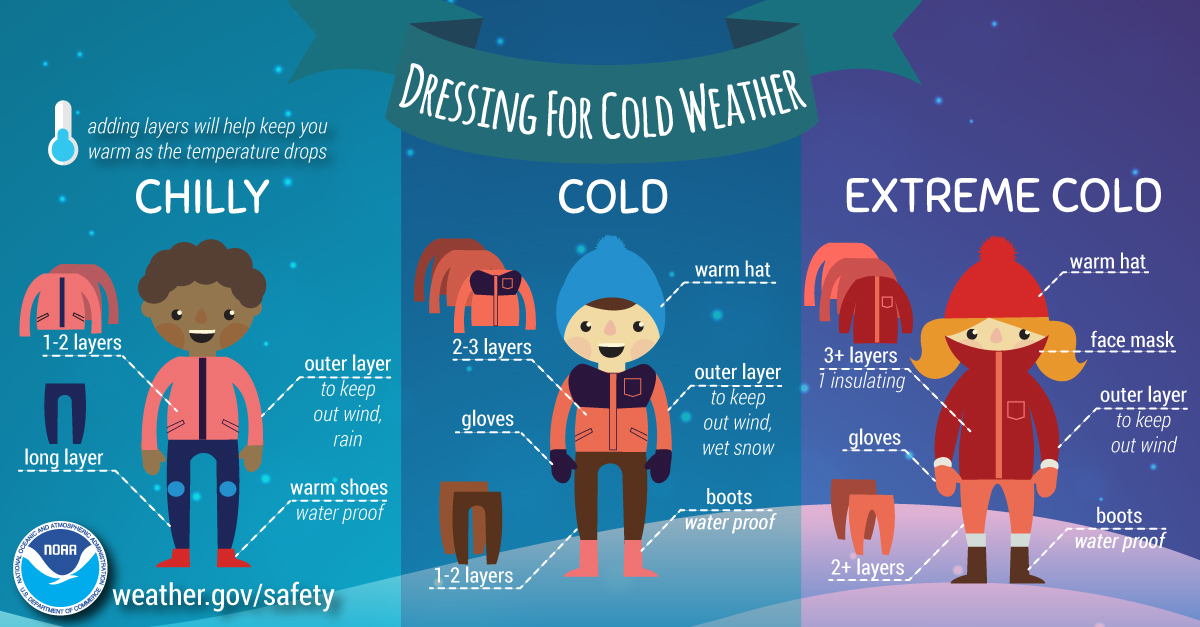Early Childhood / Preschool Blog
Nature of science: a new NSTA position statement
By Peggy Ashbrook
Posted on 2020-01-28

Winter weather often makes us wonder how wild animals survive without a heated environment. Combining this wondering with children’s love of teddy bears, and the 100’s of bear songs and finger plays to be found online, and it’s no surprise that early childhood educators may plan “to do” bears—a week of activities involving bear images and songs, imaginative play, and mostly fiction books featuring bears. What may be missing, depending on where you live, is any actual experience with bears or any scientific content.
Playing and learning scientific knowledge (and how it is gathered and tested) are both important parts of early childhood education, and can happen together. Dramatic or pretend play is crucial to children’s development and helps them make sense of their world and relationships, learn to express their emotions in socially acceptable ways, while developing oral language and fine and large motor skills. It is another way educators can learn what children know and think, including about scientific ideas. Do the “bears” in your classroom only hunt meat? (Read Blueberries for Sal by Robert McCloskey.)
With the arrival of spring children may become aware of insects prompting teachers to plan a “Bug Week” involving small colored models of insects for sorting and making patterns, crafts to make an insect, ladybug spot counting math games, “bug” snacks, and reading many books, both fiction and non-fiction. Expanding theme weeks from activities and crafts to learning that includes science ideas and conversations builds children’s beginning ability to “make informed decisions about scientifically-based personal and societal issues” (NSTA position statement). Young children are not yet ready to take on the responsibility of solving environmental problems created by their elders but they can make decisions, such as wearing a coat outside, based on data—their own measurements of air temperature and observations of personal feelings of cold or warm.

Here are two documents that can help you know which elements of a theme to keep and what to add to expand an activity into an exploration using the practices of science and engineering:
The January 2020 National Science Teaching Association’s position statement, The Nature of Science (also has a clear explanation of the difference between scientific laws and theories), and,
“To Pin or Not to Pin? Choosing, Using, and Sharing High-Quality STEM Resources,” an article in Young Children with supportive questions in “Part 1: Considerations for selecting high-quality STEM experiences for early childhood classrooms.”
Doing science involves “naturalistic explanations supported by empirical evidence that are, at least in principle, testable against the natural world. Other shared elements include observations, rational argument, inference, skepticism, peer review, and reproducibility of the work” (NSTA).
All of these elements are present in developmentally appropriate ways in early childhood science explorations and investigations, science talks, and children’s drawings and writings about their experiences.
For example, when children make measurements and record observations of weather phenomena—air temperature, amount of precipitation, and cloud cover (see Science and Children Resources—they can relate their data to their day-to-day experience of choosing clothes they need to wear to be comfortable. They can figure out how to represent the data they collect, perhaps using charts, drawing, writing, and photography. This collection and documentation can take place outside after children’s playtime and before they go indoors. Posting the data makes it easy for children to reflect on it, and discuss what they think. As they discuss, children may make claims about the relationship between cloud cover and precipitation, precipitation and temperature, and temperature and season. They may predict the next-day’s weather. Doing science through an inquiry into a natural phenomena involves children in the practices of science as they learn scientific knowledge.
The NSTA position statement goes on to say that “Practices and knowledge are obviously entangled in the real world and in classroom instruction, yet it is important for teachers of science to know the difference between science practices and the characteristics of scientific knowledge to best lead students to a comprehensive understanding of nature of science.”
Resources
National Science Teaching Association (NSTA). 2020. Position statement: The Nature of Science. https://www.nsta.org/about/positions/natureofscience.aspx
Peterson, Sherri, and Cindy Hoisington, Peggy Ashbrook, Beth Dykstra Van Meeteren, Rosemary Geiken, Sonia Akiko Yoshizawa, Sandy Chilton and Joseph B. Robinson. 2019. To Pin or Not to Pin? Choosing, Using, and Sharing High-Quality STEM Resources. Young Children. 74(3): 79-85 https://www.naeyc.org/resources/pubs/yc/jul2019/high-quality-stem-resources
Resources from Science and Children.
Ashbrook, Peggy. The Early Years columns
- December 2016 Preparing for Spring Gardening. Taking the Temperature. 54(4): 16-17
- October 2016 Navigating Natural Disasters. Working with Water. 54(2): 18-19
- October 2015 About the Weather. Counting Clothing. 53(2): 30-31
- January 2013 The Wonders of Weather. Observing Weather. 50(5): 22-23
- July 2011 Measuring Learning. Temperature Changes. 48(9): 20-21
Coskie, Tracy L. and Kimberly J. Davis. 2009. Science Shorts: Organizing Weather Data. 46(5): 52-54
Marshall, Candice and H. Michael Mogil. 2007. Fabulous Weather Day. 44(5): 30-34
Royce, Christine Anne. 2019.Teaching Through Trade Books: Seasonal Weather Patterns. 56(6): 20-26
Disclaimer: The views expressed in this blog post are those of the author(s) and do not necessarily reflect the official position of the National Science Teaching Association (NSTA).


